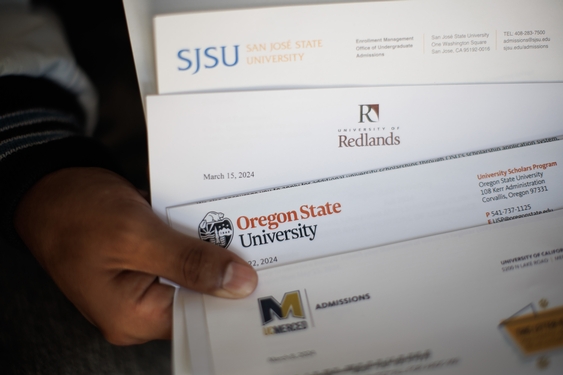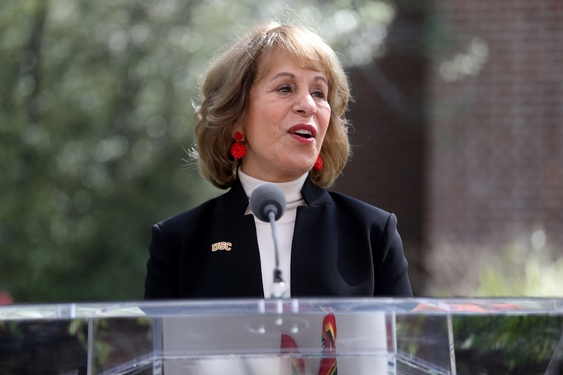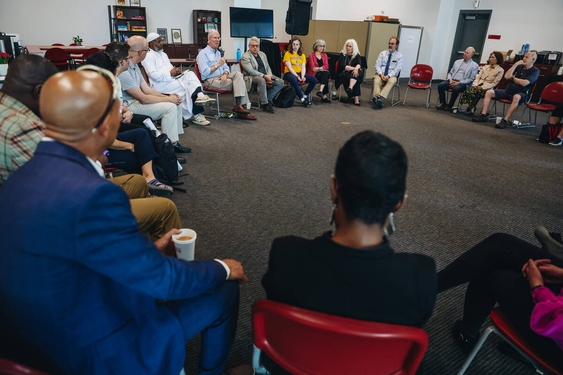For many college age men and women, mom and dad are still the easiest way to get face time with a family practitioner. Depending on a parent’s job, students can be listed on insurance policies until the age of 23 in most cases. But for those whose families have fallen prey to the current economic climate, or who do not have comprehensive healthcare, there are still a number of ways to get sound medical advice.
The free clinic has always been a helpful resource, providing everything from dental to eye exams. But with long waits and understaffing, this route may have seen its day. Fortunately, the practice of medicine is growing and changing with the times.
Homeopathic or holistic healthcare has become a mainstay in recent years. Many large providers such as Blue Cross and Kaiser Permanente have devoted a number of programs to Eastern philosophies and integrative medical initiatives. However, a lot of students are finding that prevention is much easier and cost effective than curative measures. Naturopaths – or doctors of natural medicine (Chinese, ayurveda, for example) – have seen their practices boom in recent years. Students such as Lissy Dornan, 19, have walked away from their family docs in favor of mind, body and spirit treatments.
“My boyfriend’s mom is a naturopath, and she’s really helped me a lot,” says Dornan. “I was on my parents’ HMO, and I wasn’t allowed to pick my doctor. They were always nice and professional and everything, but I was like, ‘What about vitamins and supplements and all that stuff?’ The doctor laughed in my face and pat me on my head like I was dumb for asking.”
Dornan was looking to incorporate an “East-meets-West” regimen into her treatment of epilepsy – a condition she’s had since childhood.
“[Dr. Leung] doesn’t write me a bunch of prescriptions, but she also doesn’t chant and burn incense around me either,” she explains. “She just listens and offers me tips on how to keep my seizures in check by eating better and exercising and [taking] supplements. I’m not cured or anything – that’s not the point. But I feel better and happy that someone listens to me and what I want to do with MY body.”
Others, such as D’eondre Patterson, have tried naturopathic medicine as a means to reign in their bottom line.
“I just like that it was cheaper than a regular doctor,” he explains.
For students who have embraced the technological age in which they were born, a number of physicians have turned to digital media to supply healthcare to patients. Los Angeles-based Dr. Armand Dorian has developed an iPhone app called Instant Medicine, which gives the masses access to common issues via the patient’s smart phone.
The app works like this: A quick download to an iPhone, iPad or even iPod Touch allows those who may not have a pressing medical emergency but still need to ask questions and determine if their problems warrant medical attention the chance to do so, without crowding already-packed ERs and shelling out hundreds of dollars in the process. The app is 99 cents and is available at itunes.com.
But perhaps one of the most exciting new initiatives coming soon to students (and the rest of us) is TruClinic. Founder Justin Kahn asserts that his brainchild will “be a comprehensive online resource for psychotherapy services that utilizes only licensed and insured professionals, including psychiatrists, psychologists, social workers and counselors, as well as the first online therapy portal to be fully HIPAA-compliant (to ensure privacy and confidentiality of participants). TruClinic will provide practitioners with the ability to dramatically expand their client base by establishing online virtual offices and conducting high-quality client sessions via web cam.”
What this means for students is that the future could soon see the annoying trek to the doctor’s office as a thing of the past, allowing prevention, diagnosis and in some cases, cure to take place from the comforts of home. While TruClinic doesn’t currently have mainstream funding, Kahn is optimistic that it will quickly catch on with healthcare providers.
“What I’m doing is much bigger than anything that’s currently out there,” he says.
News: Campus News
New Healthcare Initiatives: Catching On With Students
By Ebony March

Many students are opting for mind, body and spirit treatments, including acupuncture.
(Credit: Brian Cassella/Chicago Tribune/MCT)
Article posted on 5/10/2010
This article has been viewed 2779 times.











